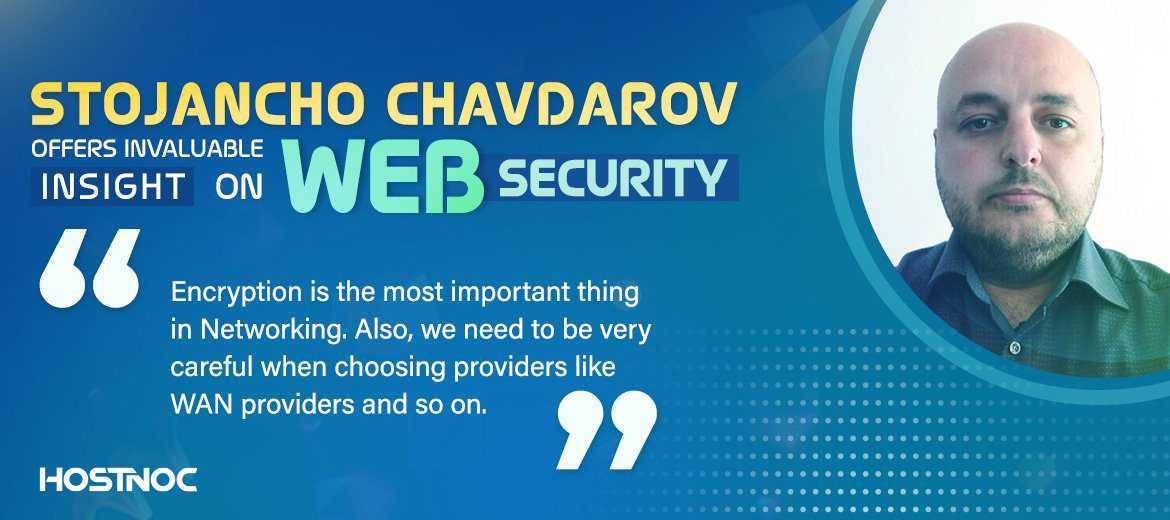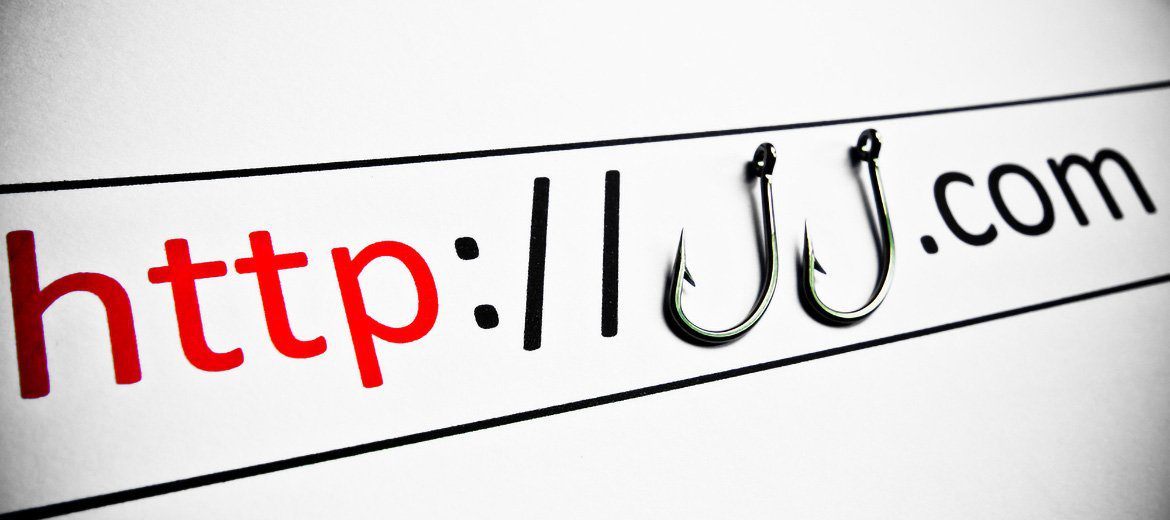Blogs
Home / Blog


Cyber security was and still is one of the biggest pains in the neck for businesses. Hackers constantly find vulnerabilities in secure systems and exploit them to fulfill their malicious designs. Cybersecurity professionals and companies are struggling to catch up but they always seem to be one step behind cyber-attackers, which is why we are regularly bombarded with news of data breaches making headlines.
How can businesses safeguard their digital assets in such a situation? The answer lies in implementing a cybersecurity framework. Yes, there are many cybersecurity frameworks but none as popular as NIST. There is a good reason for that too. According to Larry Wilson, Chief Information Security Officer at the University of Massachusetts,
“The NIST framework enables organizations—regardless of size, the degree of cybersecurity risk, or cybersecurity sophistication—to apply the principles and best practices of risk management in order to improve the security and resilience of the business.”
If you are one of those businesses that are planning to implement NIST cybersecurity framework in their organizations, you have come to the right place. In this article, you will learn about the five critical functions of the NIST cybersecurity framework that are vital to business implementation.
Here are five important functions of NIST cybersecurity framework.
In order to manage cybersecurity risks, organizations will have to develop a sound understanding of their environment. To comply with this function of NIST cybersecurity framework, it is important to have clear visibility of all your digital and physical assets.
Moreover, you should also have a risk management strategy that encompasses all the threats that might impact your assets. For that, you will have to assess your current risk and manage roles and responsibilities carefully. You can use a NIST cybersecurity framework assessment tool for this purpose. By defining policies and laying out the procedures, you can comply with this function of NIST cybersecurity framework.
It is important for businesses implementing NIST cybersecurity framework to minimize the impact of potential cybersecurity attacks by using a proactive approach and implementing appropriate measures.
Controlling access to all your physical and digital assets is a step in the right direction. Organizations should also invest in training and education while increasing employee awareness. Additionally, businesses should also create processes and implement them to secure their data and ensure continuous operation. This will help you to repair system components on time and recover quickly.
Related: 7 Effective Ways to Protect Your Business From Ransomware Attacks
There is a common misconception that only large-scale enterprises come under cyber security attacks. In reality, 43% of all cybersecurity attacks target small businesses.
This translates to the fact that even small businesses should take preemptive steps to quickly identify cybersecurity events. For that, businesses will have to adopt real-time monitoring solutions that can detect suspicious activities and nip risks that can hamper your business continuity in the bud.
Not only should your business be able to anticipate a cyber-attack, but also respond to it in an effective manner in order to comply with this function of NIST cybersecurity framework. This allows you to prevent a majority of cybersecurity attacks.
What if your organization comes under a cybersecurity attack? Do you have what it takes to minimize the damage? This is exactly what this function of NIST cybersecurity framework deals with.
Create a response plan and have a response strategy ready so you can act in a timely and effective way during a cybersecurity attack. Don’t forget to define communication lines as they are critical in such a situation.
By collecting and analyzing information about the cybersecurity incident, you can take all the right actions to eradicate the risk. Even if you fail, make sure that you learn key lessons that will help you to enhance your response strategy, so you don’t fail again.
Last but certainly not the least, is the recovery function. How would you bring your business back to normal after a cyber-attack? This is exactly what this function takes care of. Develop a recovery plan so you can coordinate restoration activities.
The more effective your recovery plan is, the quicker you will recover from the effects of a cybersecurity attack. Keep updating your recovery plan and improve your recovery strategy by learning key lessons along the way. Prioritize actions that you will take in case of a cyber-attack.
Implementing the NIST cybersecurity framework used to be challenging, but once implemented, it can surely help your business protect their critical assets. With the emergence of cutting-edge tools, ensuring compliance with all the functions of NIST cybersecurity framework is a breeze. Implement the NIST cybersecurity framework and save your business from many cyber-attacks. Even if you come under attack, you can easily mitigate the risk, thanks to the NIST framework.
Which function of NIST cybersecurity framework is more important for your business? Feel free to share it with us in the comments section below.
Enter your email to receive the latest news, updates and offers from HostNoc.
